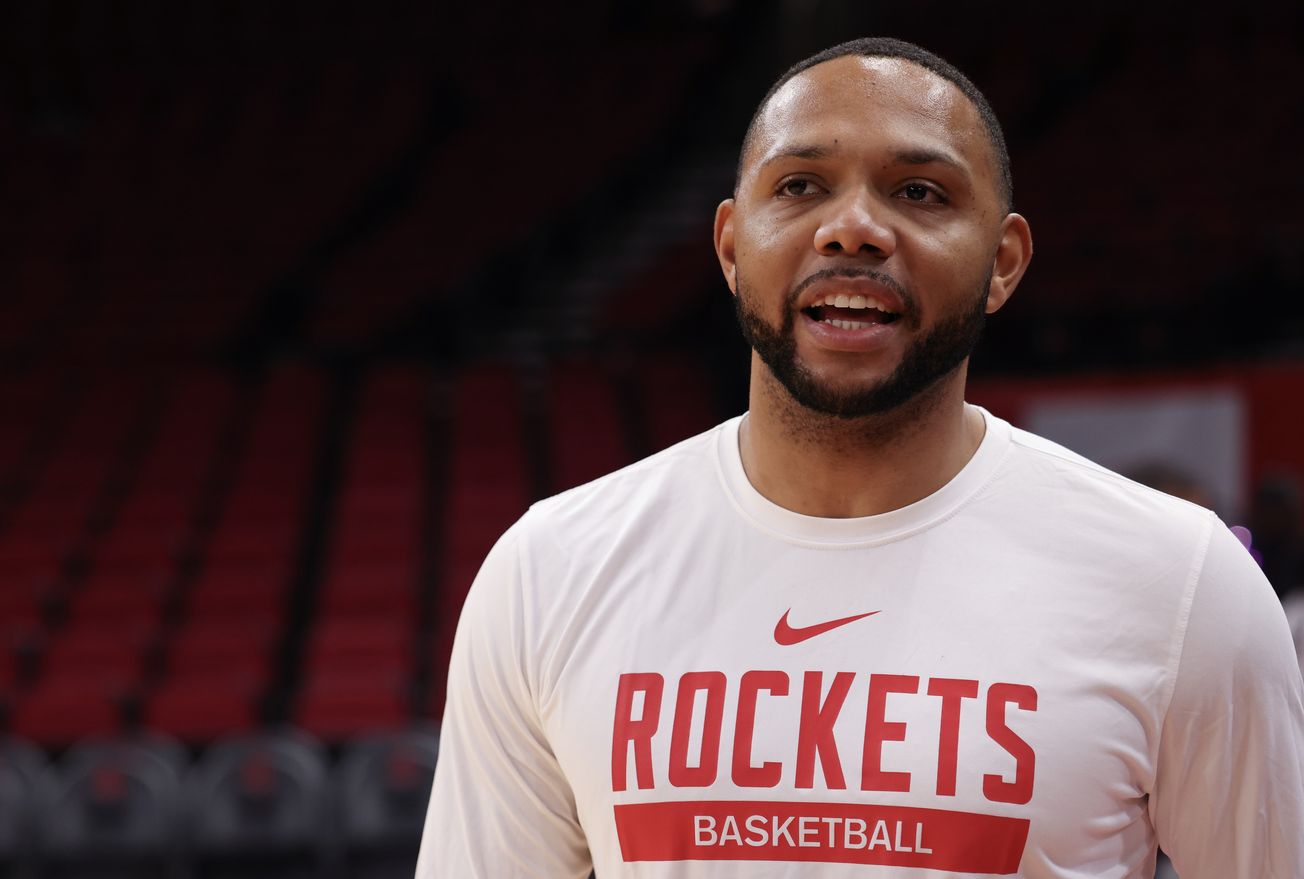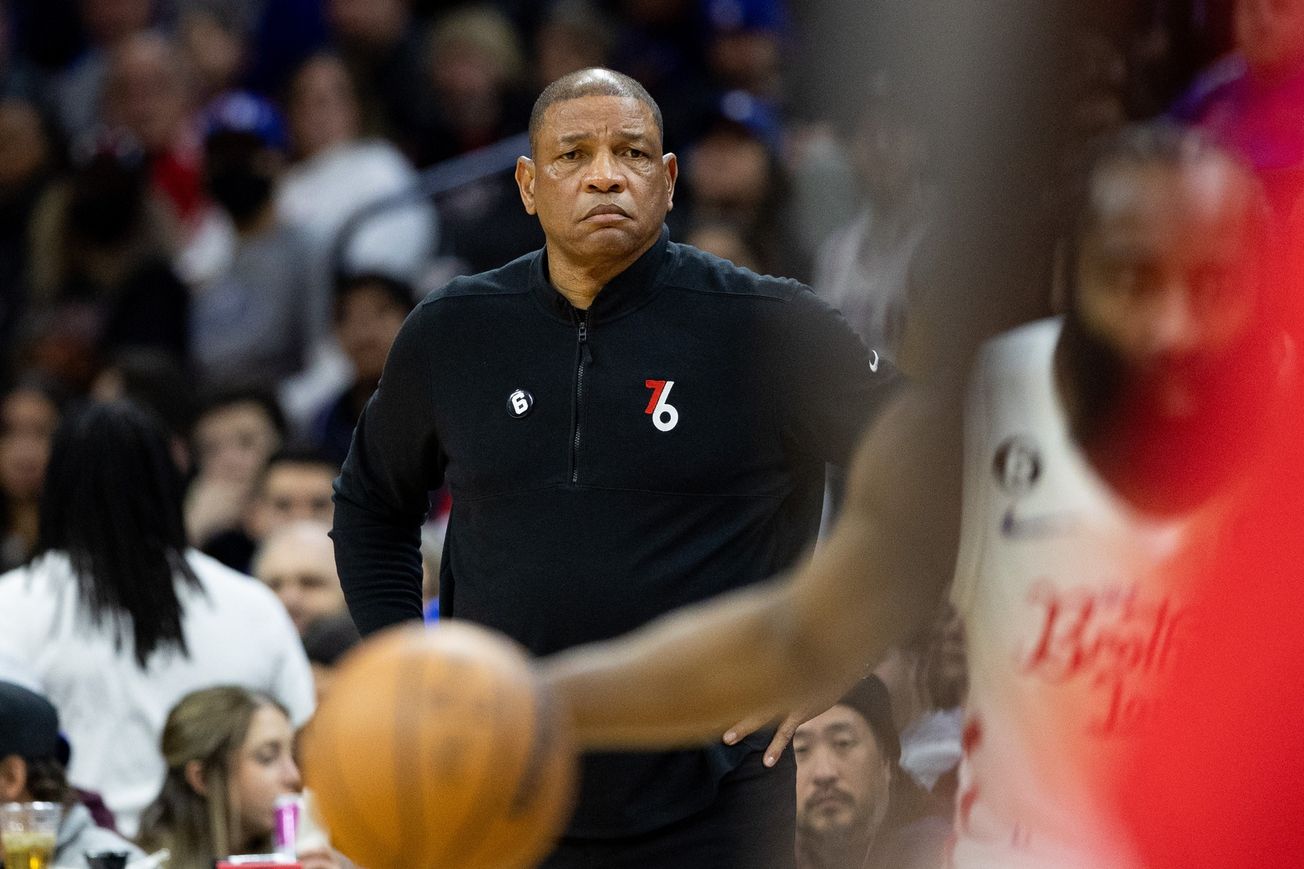Yesterday, December 15th, was an important day on the NBA calendar, a date that's frequently regarded as the start of the NBA trade season.
Why is that? And what's the actual impact?
The news
74 players became eligible to be traded yesterday, which brings the total percentage of NBA players who are currently eligible to be traded up to 88%, according to Bobby Marks of ESPN.
When a player signs a deal in free agency they are not allowed to be traded for a certain length of time. Most of those players become trade eligible on December 15th, which is why this is regarded as such an important date.
There is also a smaller segment of free agents who will become eligible to be traded on January 15th. These players are considered to be Base Year players, meaning that they: a) signed with their previous team using Bird or Early Bird rights, b) their team was over the salary cap, c) the player received a raise greater than 20%. This is a much smaller (21) group of players than those who became eligible yesterday.
The impact
We in the media like to pretend that this date is more important than it actually is. In truth, while a significant portion of the NBA did become trade eligible yesterday, the odds of a significant trade happening at this point in the season is still very low.
I went back through the Spotrac transaction log to look at just how impactful December 15th is on the trade market, charting out all trades that have occurred over the last 10 years. In reality, almost all trades happen during three months – the month of the trade deadline (usually* February), the month of the draft (usually June), and the month when free agency opens (usually July).







